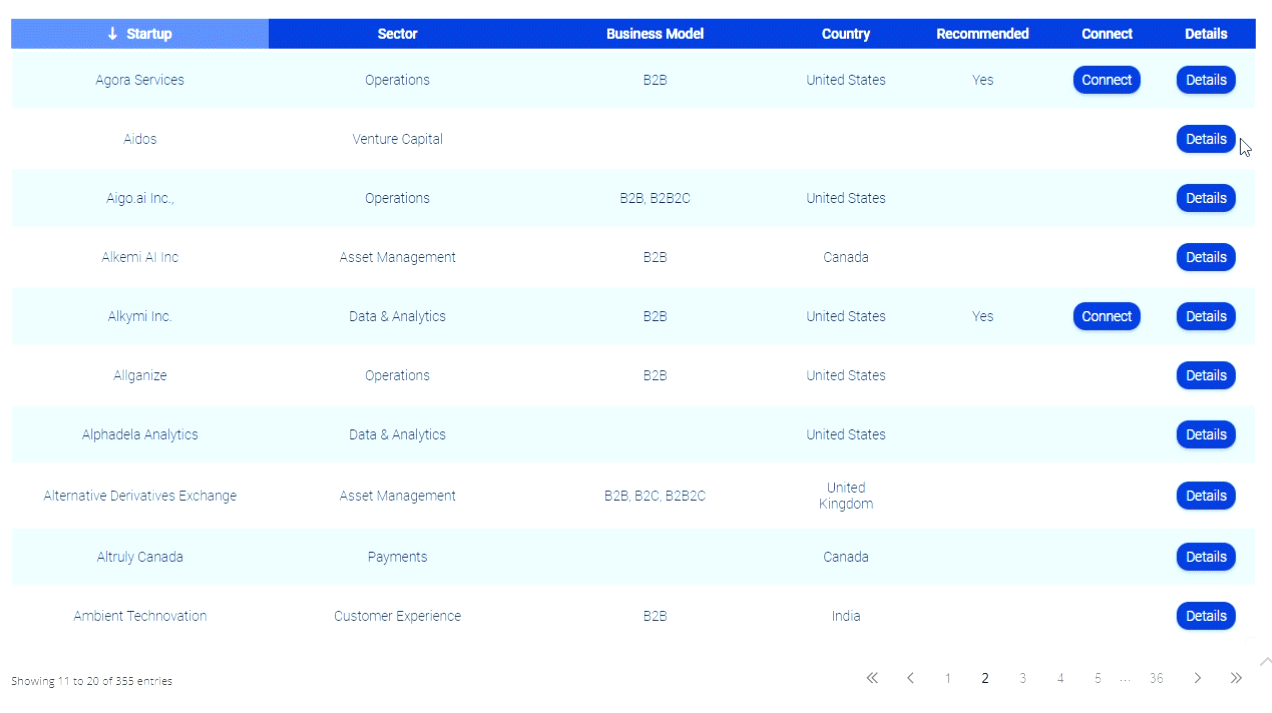Repeat After Me: ‘I Will Not Overspend on Telecom’
 High performing mid-size banks are spending double what their low performing peers are spending on data communications circuits. That’s right, twice as much. And if that news isn’t mind-blowing enough, get a load of this: they’ve been doing it for years, according to The Cornerstone Performance Report.
High performing mid-size banks are spending double what their low performing peers are spending on data communications circuits. That’s right, twice as much. And if that news isn’t mind-blowing enough, get a load of this: they’ve been doing it for years, according to The Cornerstone Performance Report.
Gonzobankers, what would make one institution pay twice as much as another for data lines?
OK, OK, telecommunications isn’t sexy to talk about. I get that. But it’s something every institution needs, and it is the underlying technology that enables our branches, ATMs, phone systems, vendors and Internet to talk to each other. It is the most expensive monthly recurring piece of any infrastructure budget, and one that can be drastically affected by vendor types, architecture decisions and internal institution choices. While bandwidth, architecture, and vendor type all apply to the cost of data communications, three common themes directly affect the bottom line.
Network Architecture: Design elements relate to how a data network contributes to the cost structure disparity. A review of an institution’s network architecture is the first step in understanding how architecture may be contributing. To get the conversation started, a number of questions must be asked:
- Are backup circuits needed at all sites?
- Does disaster recovery replication need to be real time?
- Do all remote sites and branches need high bandwidth Ethernet circuits?
- Are bandwidth decisions based on usage versus need?
- Has Voice over Internet Protocol (VoIP) been implemented and the network circuits overhauled to drive costs down?
- Is WiFi necessary in the branches?
- Is employee Internet usage managed?
An institution’s decision making process, level of risk tolerance and sensitivity to cost will all affect how it answers these questions.
 Market Commoditization: Every seven or so years a new technology emerges in the telecom space. Frame Relay was the rage about 15 years ago; in 2007, multiprotocol label switching (MPLS) was the hot technology. Today it is Ethernet. Ethernet offers greater change management flexibility, additional stability and a desirable cost structure at higher bandwidths. However, the cost benefit curve for Ethernet is only beneficial at higher bandwidths. At lower bandwidths it is often much more expensive and may not be the right choice given the fact that MPLS is very reliable and, in most cases, satisfactory. As technology matures, newer technology is introduced and the need for more bandwidth proliferates. While the cost per unit of bandwidth declines as higher volumes are purchased, if left unmanaged this can quickly lead to an overspending situation.
Market Commoditization: Every seven or so years a new technology emerges in the telecom space. Frame Relay was the rage about 15 years ago; in 2007, multiprotocol label switching (MPLS) was the hot technology. Today it is Ethernet. Ethernet offers greater change management flexibility, additional stability and a desirable cost structure at higher bandwidths. However, the cost benefit curve for Ethernet is only beneficial at higher bandwidths. At lower bandwidths it is often much more expensive and may not be the right choice given the fact that MPLS is very reliable and, in most cases, satisfactory. As technology matures, newer technology is introduced and the need for more bandwidth proliferates. While the cost per unit of bandwidth declines as higher volumes are purchased, if left unmanaged this can quickly lead to an overspending situation.
Vendor Choice: Four classes of telecom vendors are contributing to the pricing inconsistency:
- Direct providers, sometimes known as long-haul providers. These vendors own their networks, have retail and wholesale sales teams, and manage a fleet of service folks to keep the lights on. We see innovation and new services first from these vendors.
- Resellers, which buy bandwidth from the direct providers and act as middlemen for service issues
- Brokers, which work with direct providers as well as resellers and typically step out of the day-to-day relationship once a contract is signed
- Smaller regional niche networks
Gonzobankers can manage this very important piece of the infrastructure budget by following these three simple techniques:
- Evaluate the contracts. As branches open and close, internal apps are updated or swapped out, and people are shifted internally, data communications needs change. Telecom vendors are typically fairly easy to work with through these changes, but every so often the contract needs to be revisited from a relationship level to hit the “reset” button. Telecom vendors are notorious for non-coterminous circuit dates, making it very difficult if not impossible to seriously consider switching to another provider.
- Assess the architecture. An understanding of peer spending is very powerful in this area because there are so many architectural decisions to make. Vendors and I.T. infrastructure staff are always very willing to spend as much as possible. Making decisions on a needs basis as well as variance from peers goes a long way toward knowing the correct decisions are being made.
- Have a three-year plan. Just as Wheaties is an important part of a balanced breakfast, telecom planning is an important part of a strategic technology plan. Telecom upgrades and contract negotiations should be closely coordinated with the overall technology strategy and married to each institution’s application stack, branch strategy and long term technology planning.
An unmanaged or undermanaged telecom environment will eventually put an institution on the upper end of the spending spectrum, but implementing a few simple techniques can go a long way and produce eye-popping results in the bottom line of an I.T. budget.
-Rackley











